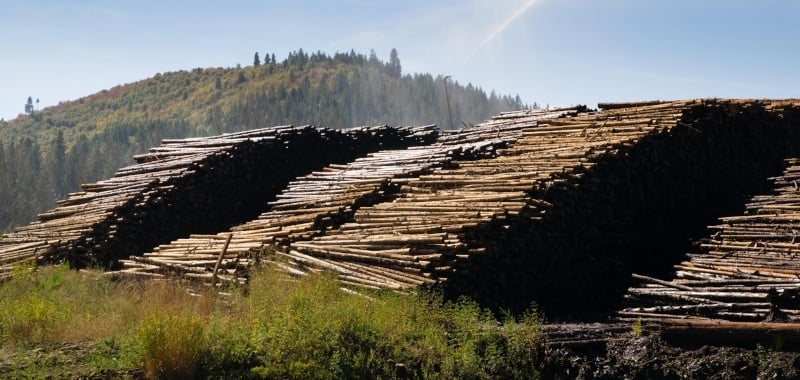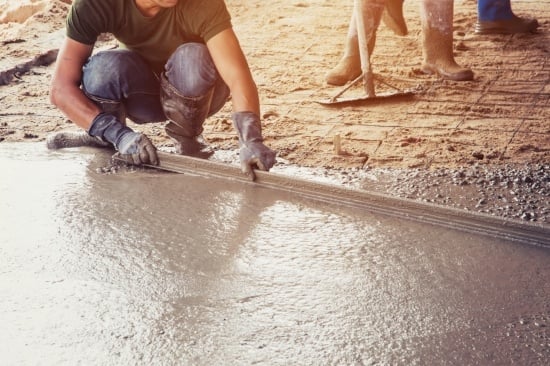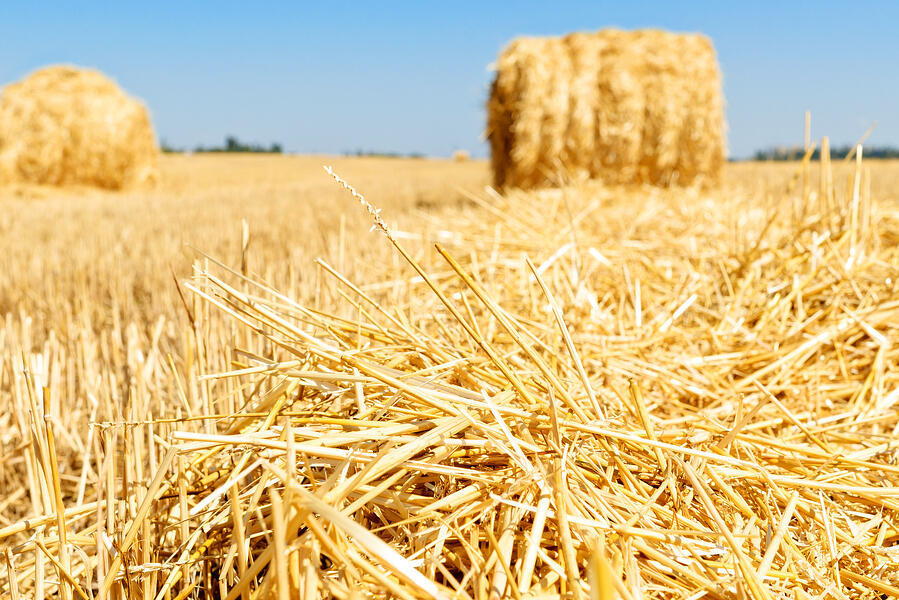3 Quality Control Issues to Check When Buying Lumber

If you’re buying raw lumber for processing into other products, there are a number of quality related issues to check for. These issues can heavily impact your ability to use the lumber for whatever purpose you have in mind.
What are some of the critical quality control issues to check for when buying lumber? And, how can you best inspect lumber for these issues?
Some big quality issues to look out for when purchasing lumber include:
1: Chemicals and Additives
Back in early 2016, it was found that some lumber sourced from China was being preserved with formaldehyde. The chemical additive was so concentrated in this lumber that, according to CDC reports cited by USA Today, the estimated risk of it causing cancer was “six to 30 cases per 100,000 people.” In addition to the cancer risk, “people exposed to the flooring are also susceptible to increased risks of exacerbated respiratory issues such as asthma and eye, nose and throat irritation.”
This story highlights the problem with some lumber supplies: the use of potentially dangerous chemicals as additives. While there are many cases where using some chemicals to preserve lumber or enhance its qualities is safe, the use of the wrong chemicals can impair the quality of the wood or even pose a danger to people.
To avoid this issue, it’s generally best to work with reputable lumber sellers and ask what chemicals were used in the processing of the lumber. Trying to test for every kind of chemical additive would be cost prohibitive and take too much time.
2: Wood Rot
Another common issue with natural, untreated lumber is that it may be subject to wood rot. This can weaken wood, cause unpleasant odors, and make the lumber unsuitable for your needs.
Wood rot commonly occurs because of excess moisture. Wet wood becomes a feeding ground for bacteria and fungi to grow and rot the wood from the inside out.
One of the best ways to identify whether or not wood is at risk of developing rot is to check it with a moisture meter prior to purchasing it. With a moisture meter, you can get an accurate moisture content measurement of the lumber you’re about to purchase at that precise moment—which can be invaluable for determining the risk of wood rot.
3: Splitting Wood
On the extreme opposite end of the spectrum from wood that is too wet and may rot is wood that has been over dried and is likely to split or crack because of it. As wood fibers lose moisture, they may contract. And, in some severe cases, this can cause the wood to form cracks and splits.
Even if the wood doesn’t crack or split, wood that is too dry may end up swelling after you purchase it. This is because wood is a hygroscopic material, and will gain or lose moisture until it reaches equilibrium with its surrounding environment. So, if the wood is dry, it will begin to absorb moisture until it achieves equilibrium moisture content (EMC), which may cause it to swell.
Knowing the relative humidity and temperature conditions in your lumber storage area is key for knowing what the EMC of the lumber you buy should be.
Other Things to Consider
When purchasing lumber, you’ll probably want to look for the grade stamp on each piece—it should have information such as:
- The manufacturer’s mill number or symbol;
- A certification mark indicating what agency provided quality control supervision;
- A grade indication (1 Common, 2 Common, C Select, etc.);
- Moisture content (at time of preparation); and
- A species mark that tells you what type of tree the lumber came from.

Reputable lumber sellers should have this stamp on their wood—it’s absence may indicate that the wood was not put through proper quality control processes.
Additionally, consider the reputation of the seller—have they been subjected to major recalls/safety issues recently? How do their customers rate the lumber they’ve gotten from them? Finding some of the lumber seller’s other customers and asking them about their experiences can be a helpful way to separate great lumber providers from the mediocre ones.
If you’re looking for a way to test newly-purchased lumber for moisture-related quality issues, there are many high-quality wood moisture meters that you can use! The J-2000 meter is a popular choice because it has the ability to correct for 48 different wood species—making it useful for testing most kinds of lumber.
For more information about testing moisture and other quality control issues in lumber, contact Delmhorst today, or check out our Moisture Meters 101 Guide.
Subscribe to Our Blog
Post Related

Choosing the Right Moisture Meter Electrode for Your Work


